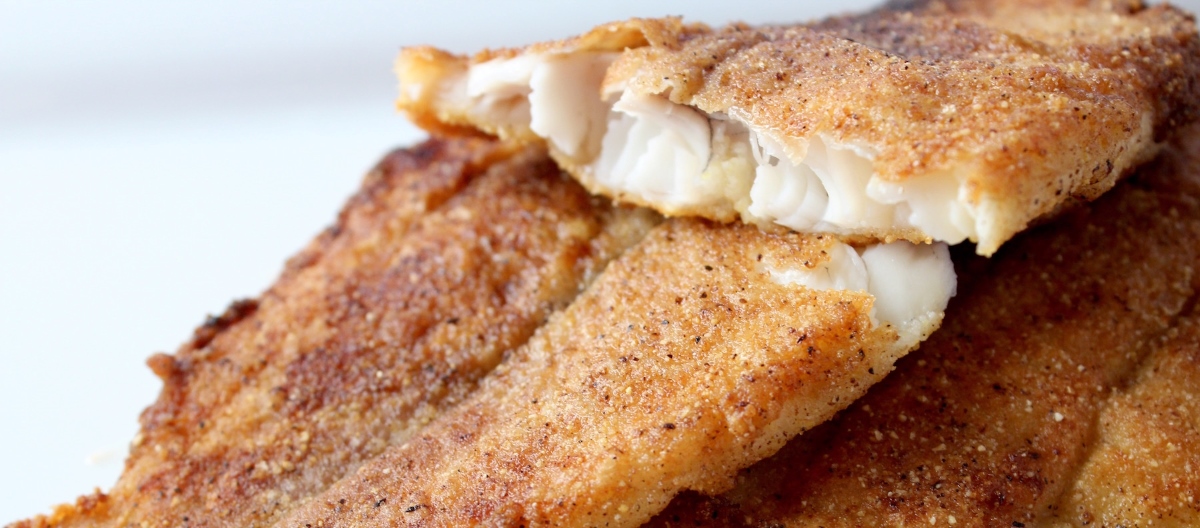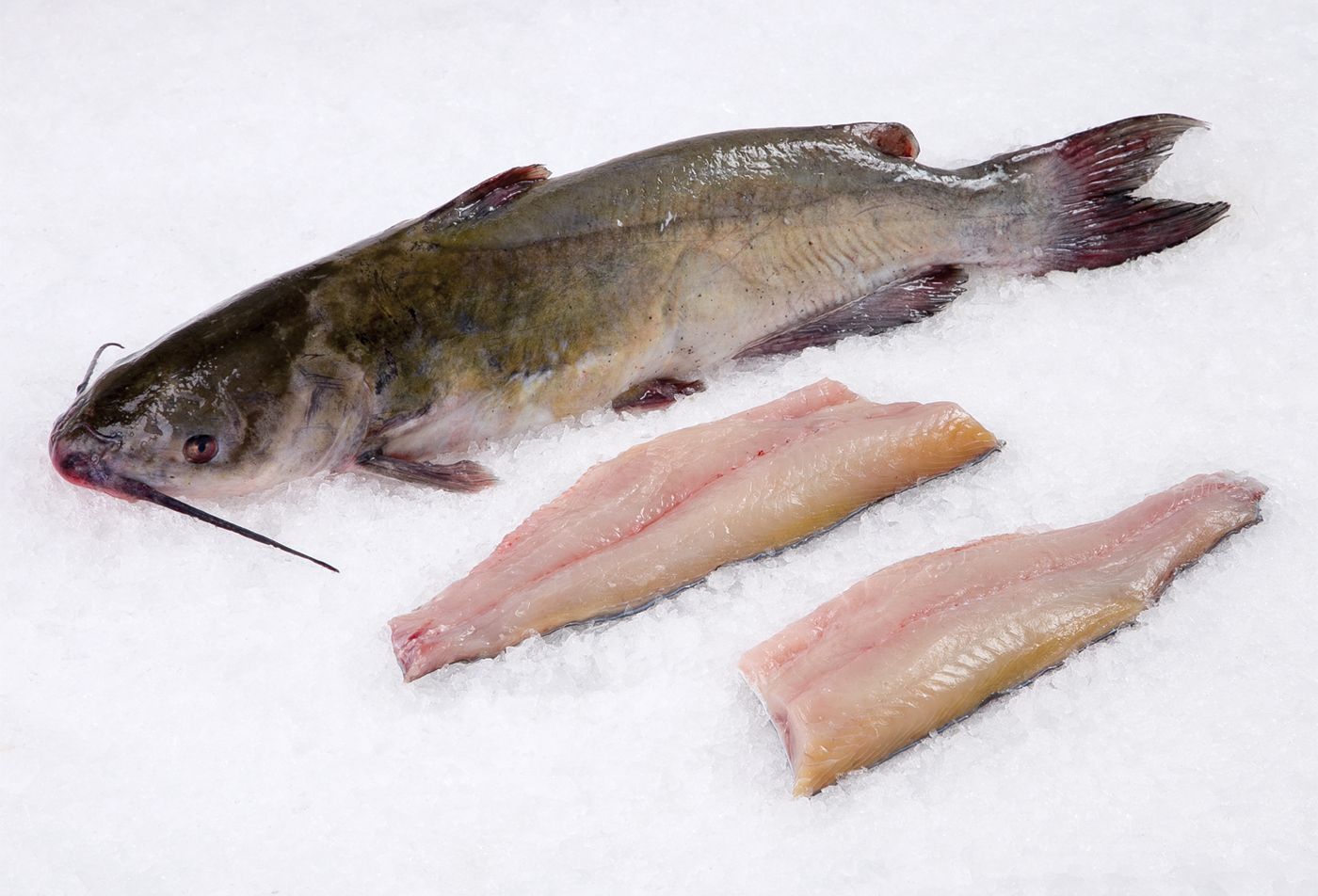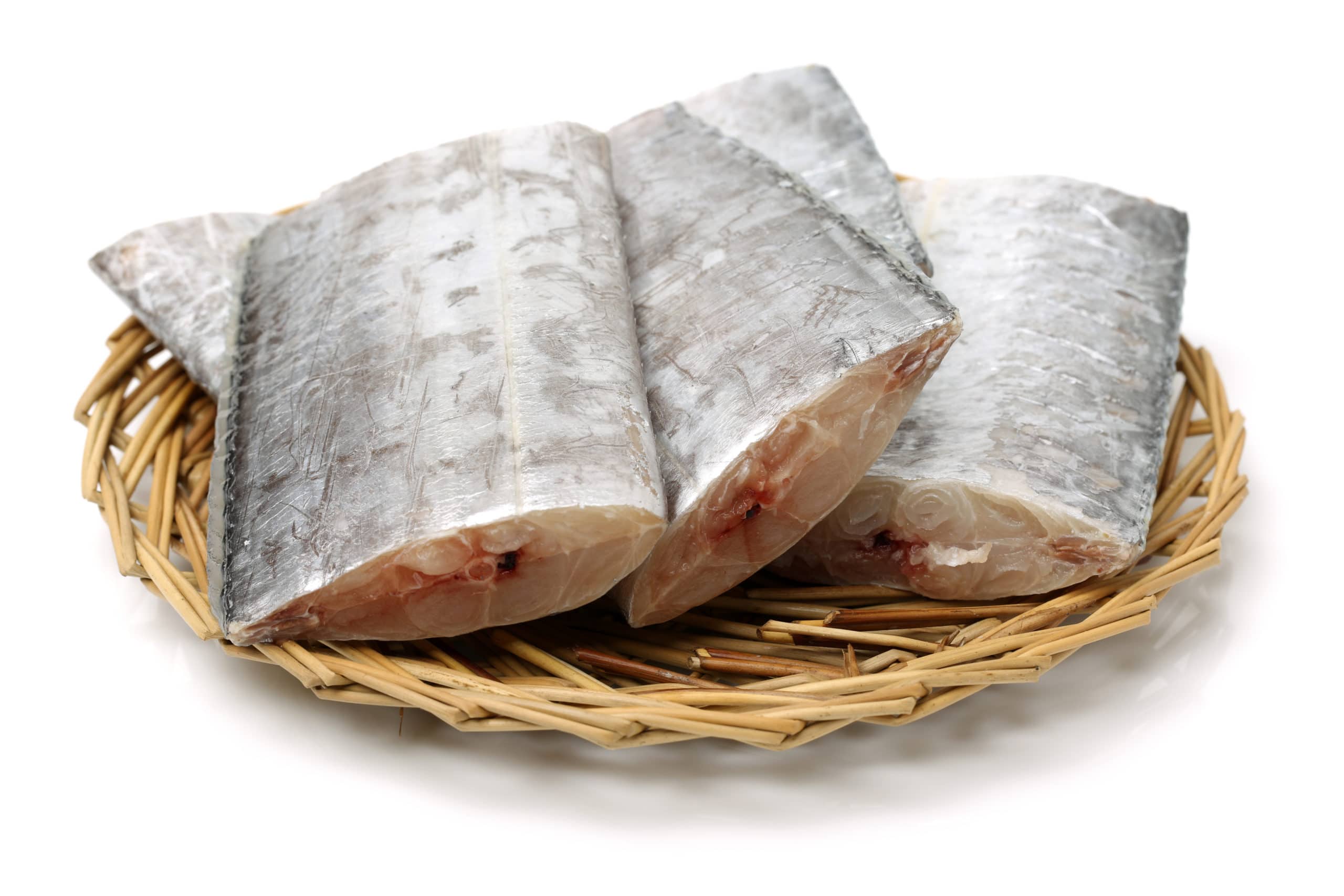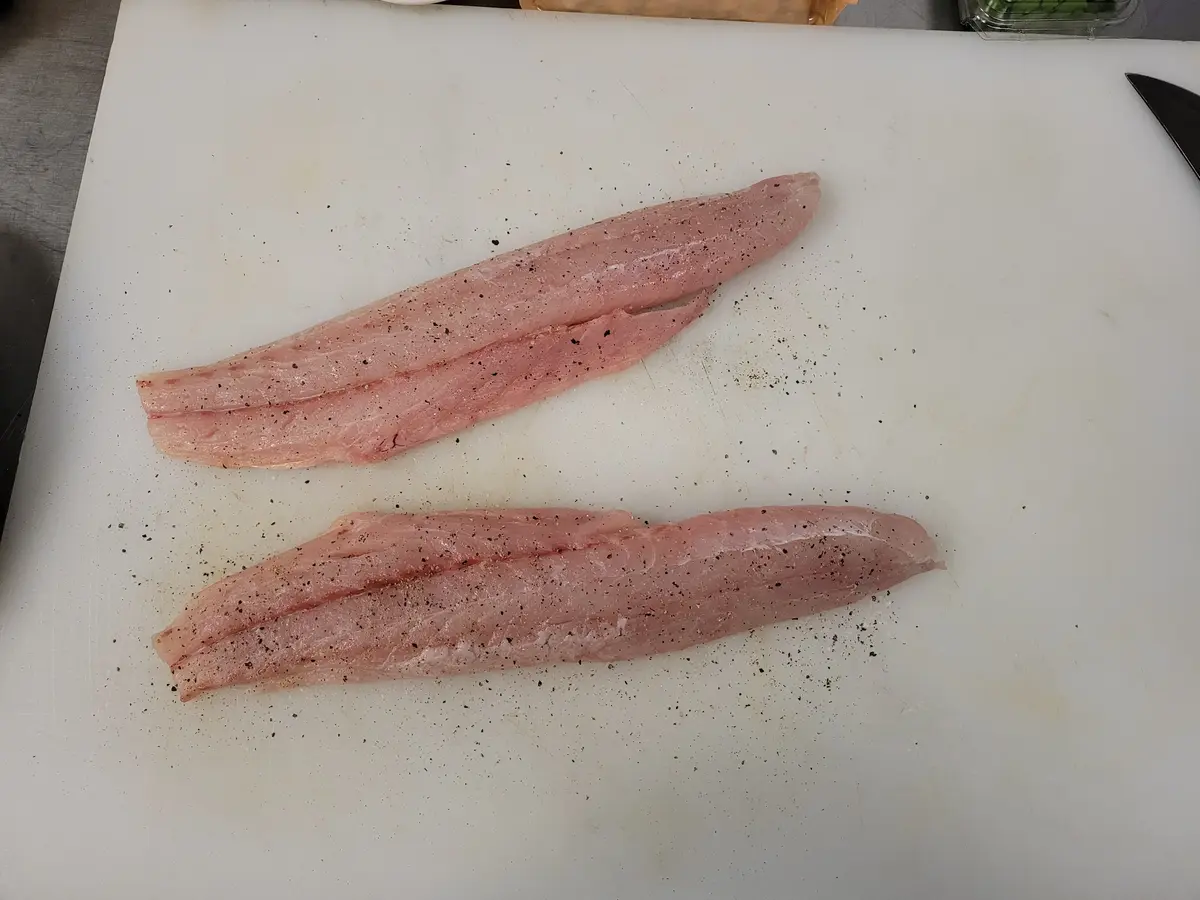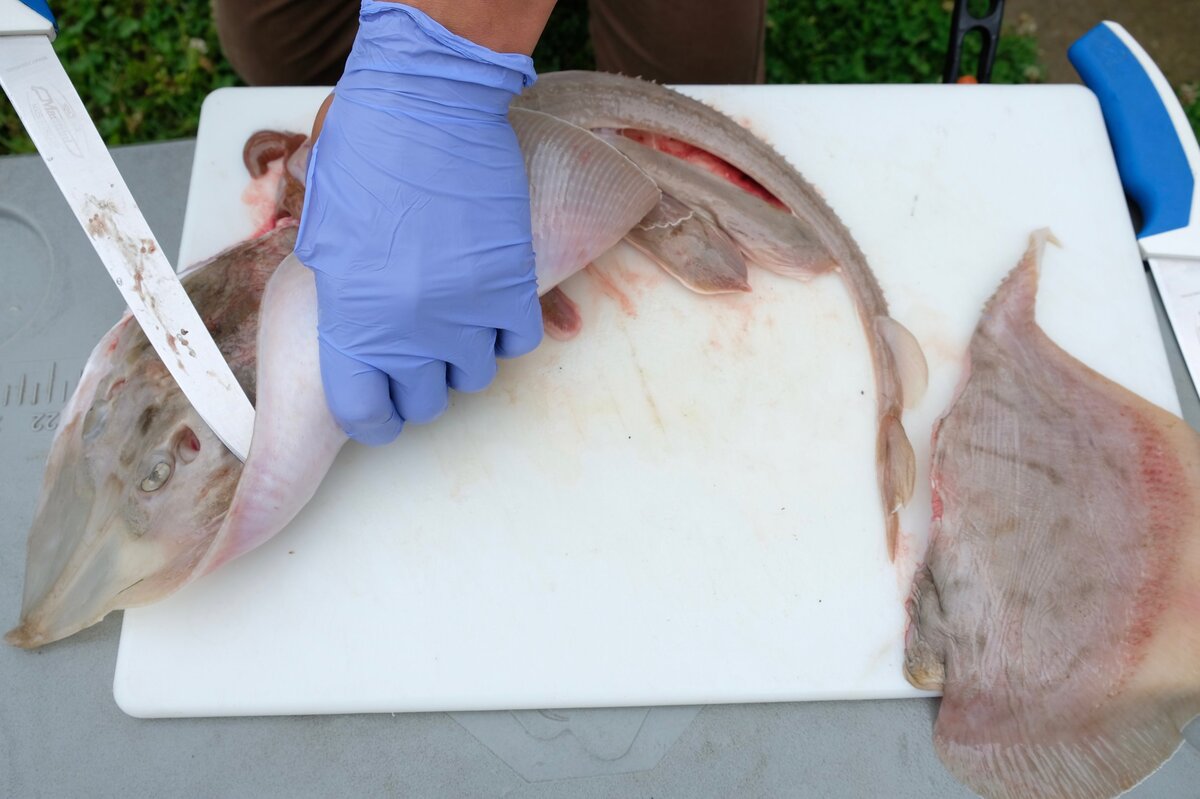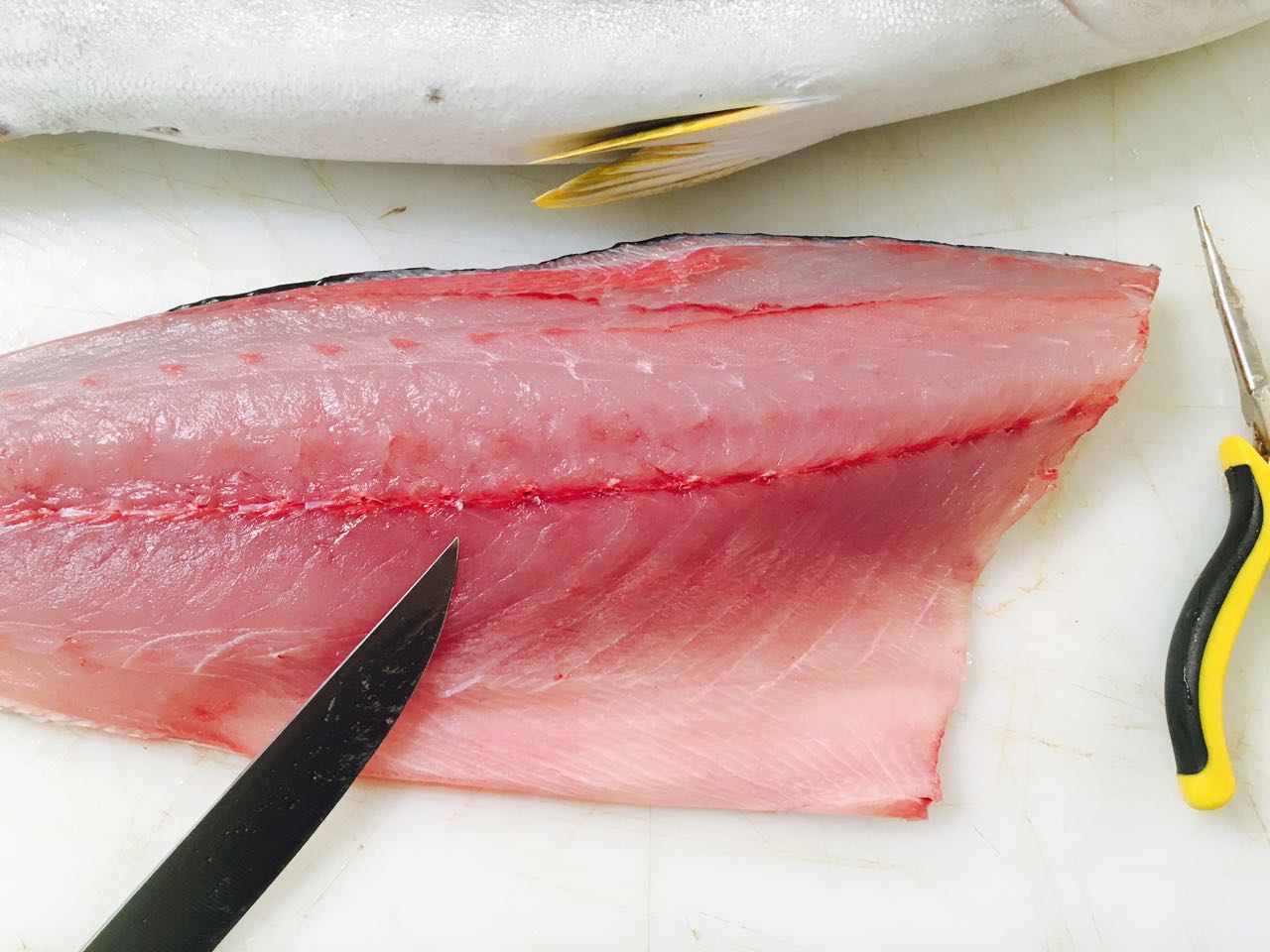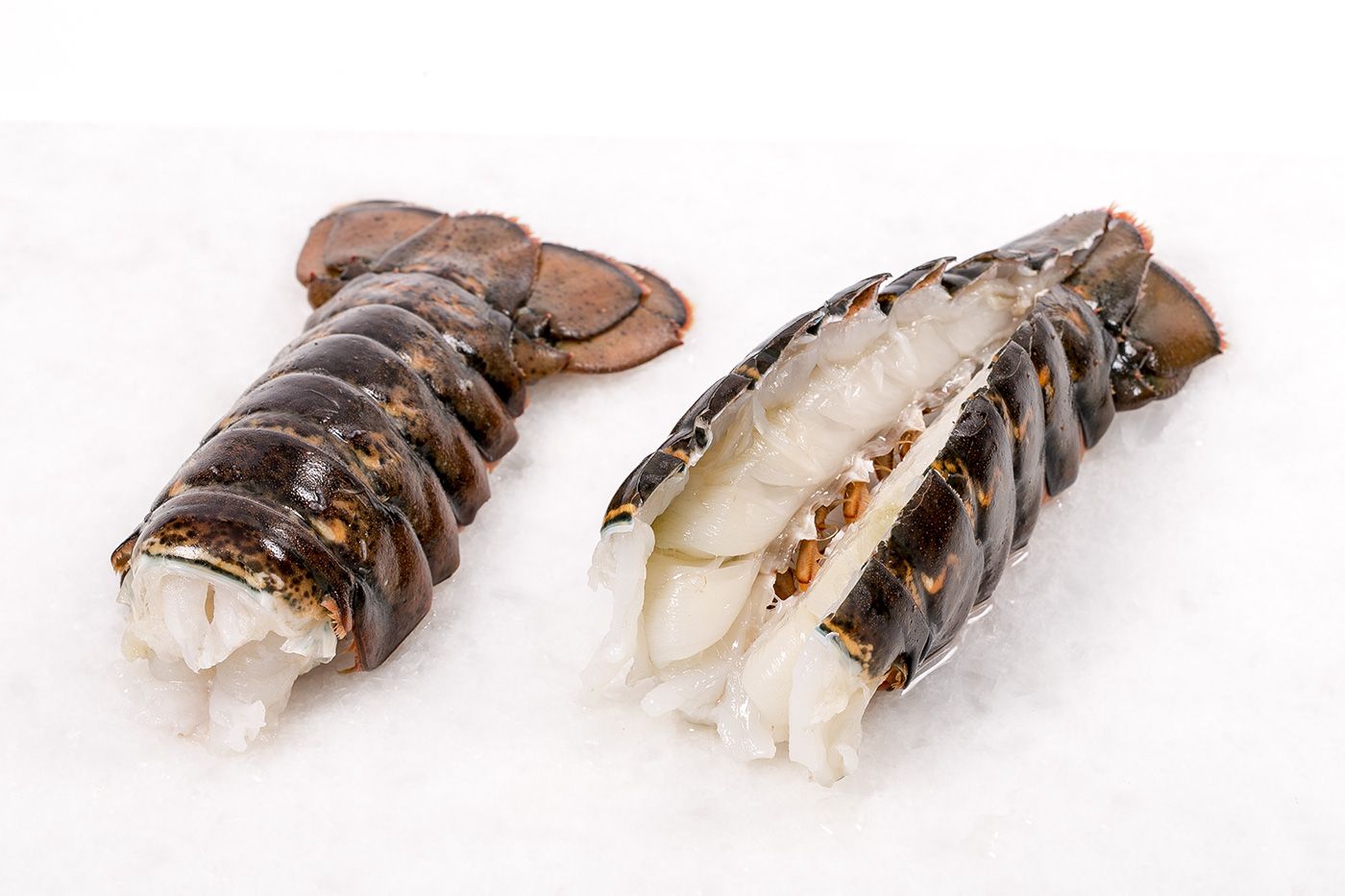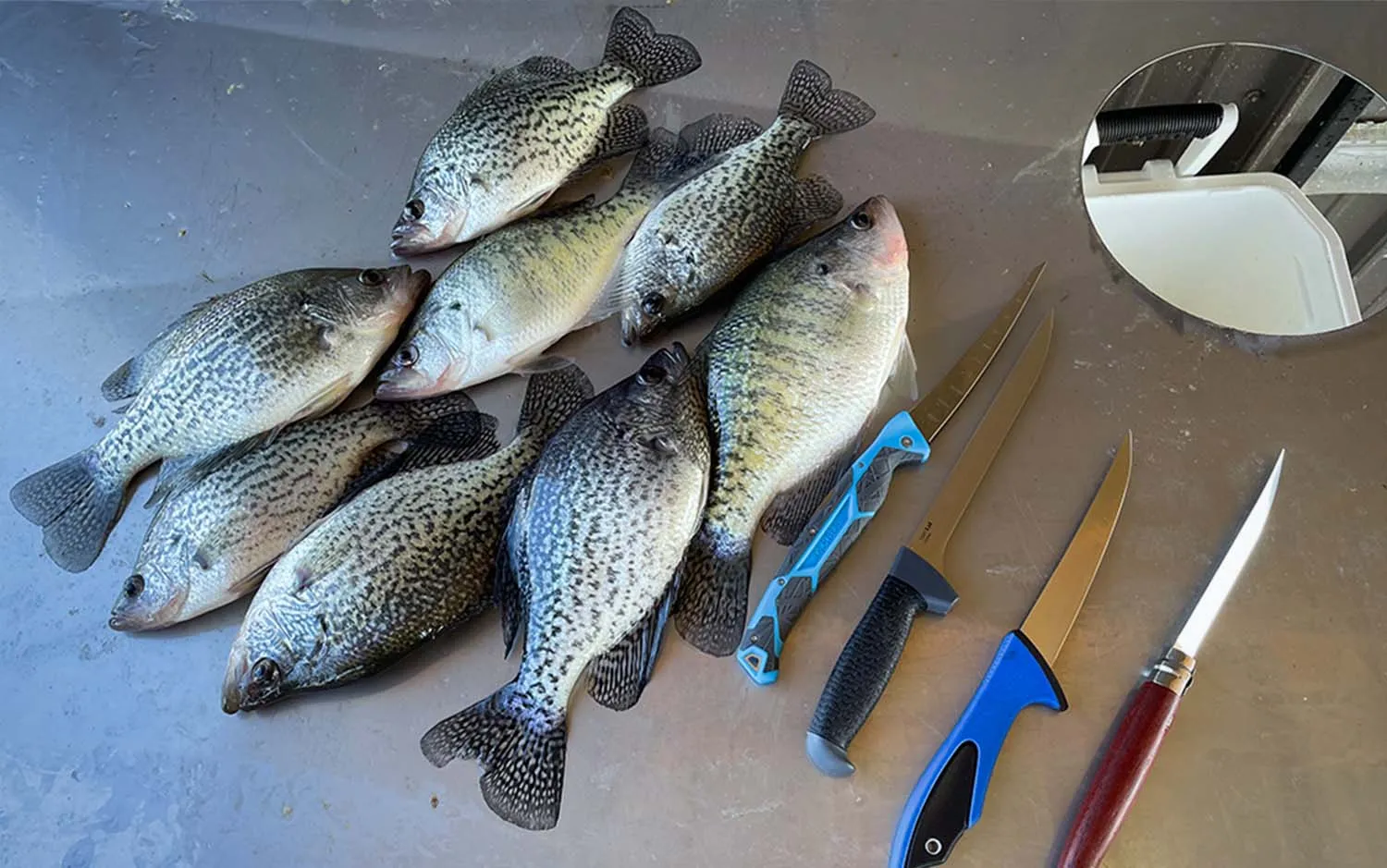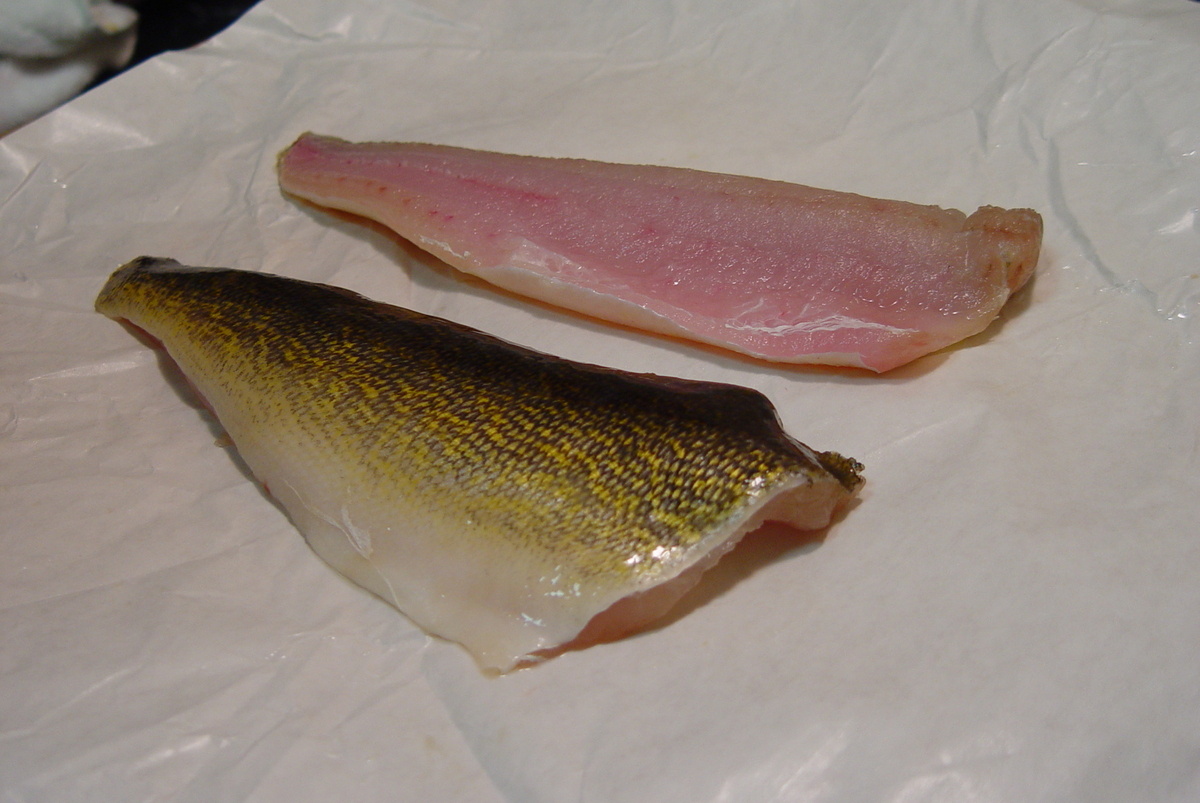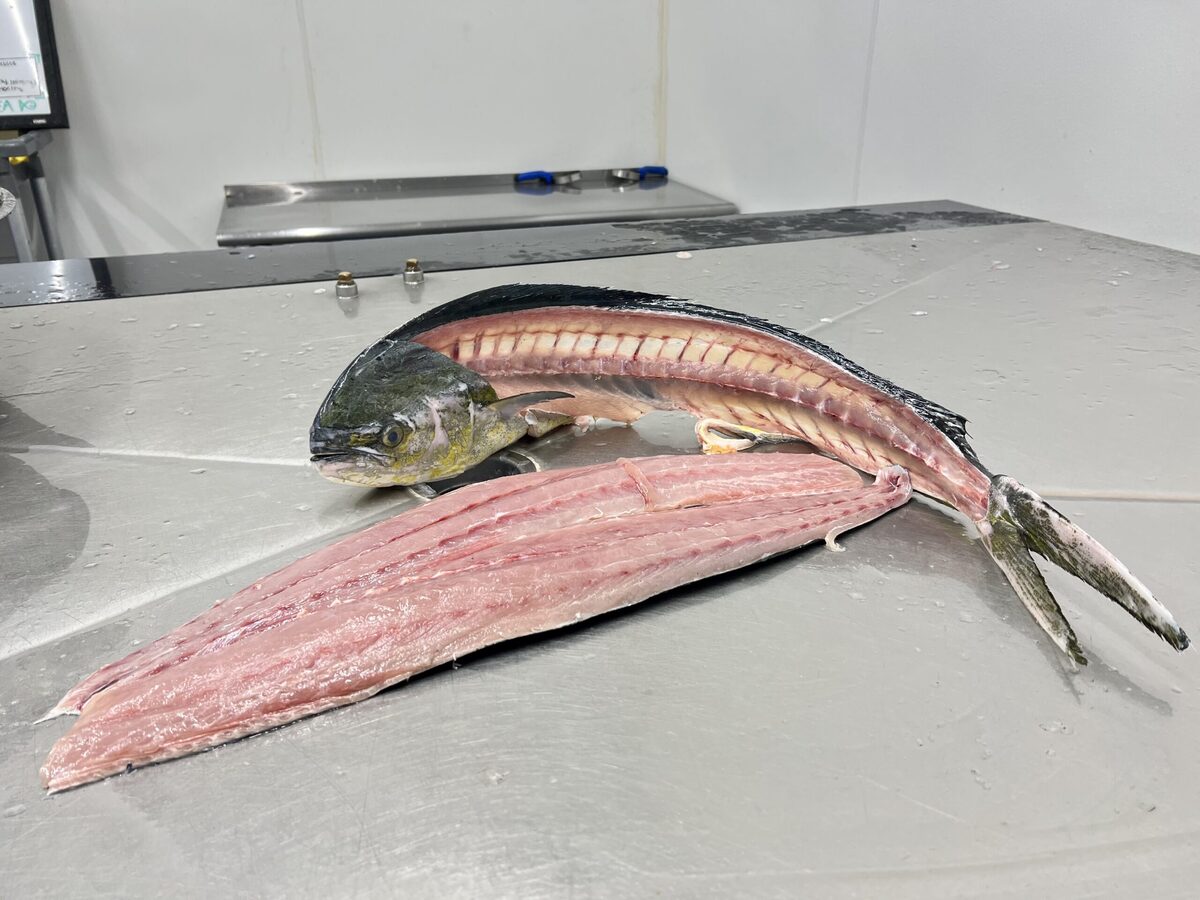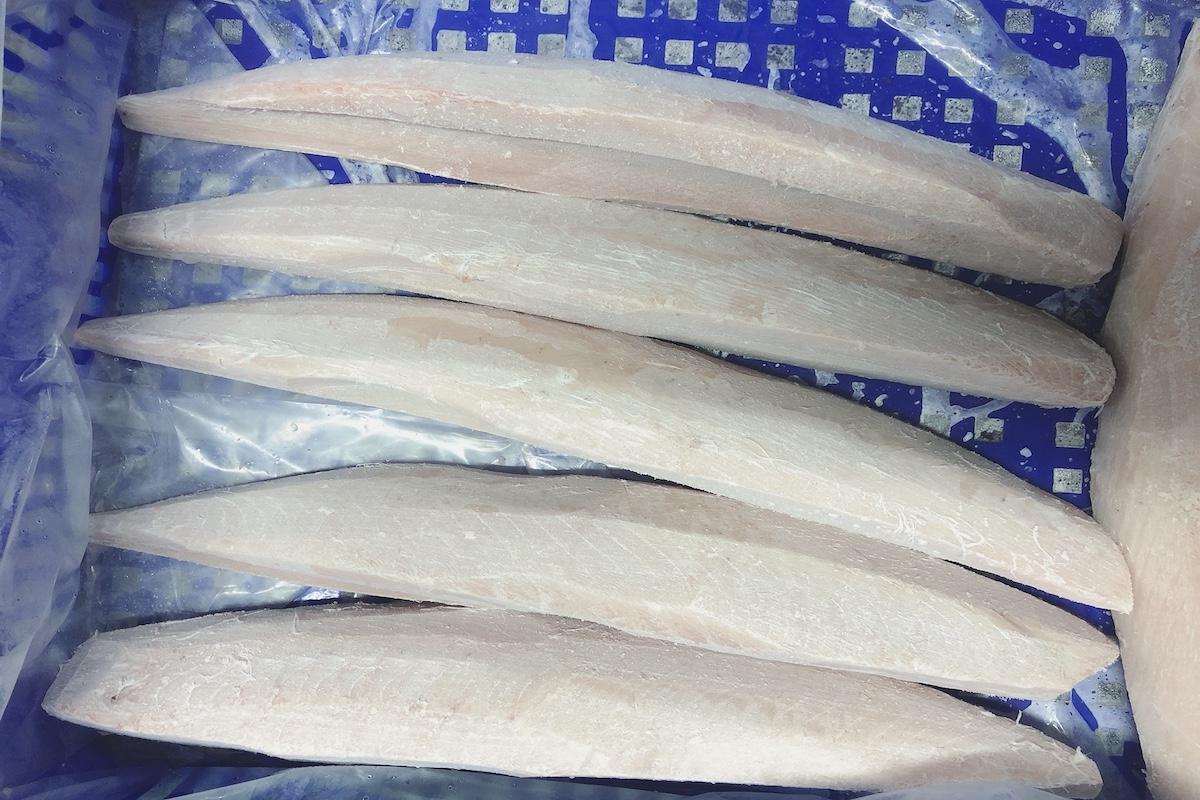Learning How to Fillet Blue Catfish
Blue catfish is a popular and delicious fish that can be found in many freshwater bodies across the United States. If you’ve recently caught a blue catfish and are wondering how to properly fillet it, you’ve come to the right place. Filleting a blue catfish can seem daunting at first, but with the right technique and a bit of practice, you can easily prepare this fish for cooking.
What You’ll Need
Before you begin the filleting process, it’s important to gather the necessary tools. Here’s what you’ll need:
- Sharp fillet knife
- Cutting board
- Bowl or bucket for discarding scraps
- Water hose for cleaning
- Plastic gloves (optional)
Step-by-Step Guide to Filleting Blue Catfish
Now that you have your tools ready, it’s time to start the filleting process. Follow these steps for a successful fillet:
- Prepare the Fish: Start by placing the blue catfish on the cutting board. If the fish is still alive, make sure to dispatch it humanely before proceeding.
- Cut Behind the Head: Use your sharp fillet knife to make a deep cut behind the fish’s head, just below the gills. This will serve as the starting point for the fillet.
- Remove the Skin: With the fish securely positioned on the cutting board, grip the skin firmly with one hand and carefully slide the knife between the flesh and the skin. Use a back-and-forth motion to separate the skin from the flesh, working your way down the length of the fish.
- Remove the Fillet: Once the skin is removed, carefully run the fillet knife along the backbone of the fish, separating the fillet from the body. Use smooth, steady strokes to ensure a clean cut.
- Repeat on the Other Side: Flip the fish over and repeat the process on the other side to remove the second fillet.
- Trim the Fillets: After removing the fillets, inspect them for any remaining bones or dark red flesh. Use your fillet knife to carefully trim away any unwanted parts, ensuring that you are left with clean, boneless fillets.
- Rinse and Store: Once the fillets are ready, rinse them thoroughly with cold water to remove any remaining scales or debris. Pat the fillets dry with a paper towel and store them in a refrigerator or cooler until you are ready to cook them.
Tips for Success
Here are a few additional tips to keep in mind as you fillet your blue catfish:
- Stay Safe: Always use caution when handling sharp knives. Keep your fingers away from the blade and work on a stable surface to prevent accidents.
- Practice Makes Perfect: If it’s your first time filleting a blue catfish, don’t be discouraged if it takes a few tries to get it right. With practice, you’ll become more confident in your filleting skills.
- Use the Right Knife: A sharp, flexible fillet knife is essential for clean, precise cuts. Make sure your knife is in good condition before you begin.
- Proper Disposal: Be mindful of how you dispose of fish scraps. Consider composting or disposing of them in a way that is environmentally friendly.
Enjoy Your Fresh Fillets
Now that you’ve successfully filleted your blue catfish, you’re one step closer to enjoying a delicious meal. Whether you plan to grill, bake, or fry your fillets, you can take pride in knowing that you prepared them yourself. With a bit of practice, filleting blue catfish will become second nature, allowing you to fully enjoy the rewards of your fishing adventures.
If you're looking to put your filleting skills to the test after reading the guide on how to fillet blue catfish, there are several standout recipes you might want to try. For those who enjoy bold flavors, Blackened Catfish with Cajun Spices is a must, offering a spicy kick that's perfect for a quick and flavorful meal. If you're in the mood for something comforting and hearty, the Classic Fried Catfish Recipe provides a crispy, golden exterior that's hard to resist. For a lighter, citrusy touch, Grilled Catfish with Lemon Butter Sauce combines the freshness of lemon with the richness of butter, making it a delightful dish for any occasion. For a twist, Catfish Tacos with Mango Salsa offer a vibrant and refreshing option that's perfect for summer gatherings. Finally, if you want to try something unique, Catfish Po' Boy Sandwich gives a Southern flair with its crispy catfish fillets nestled in a soft, chewy baguette. These recipes not only showcase the versatility of catfish but also allow you to make the most out of your freshly filleted catch.

